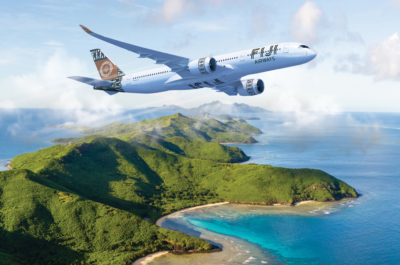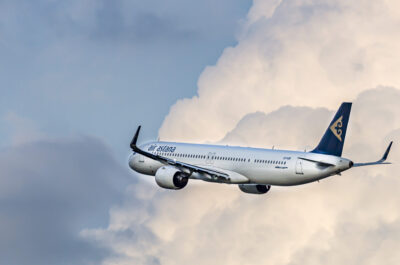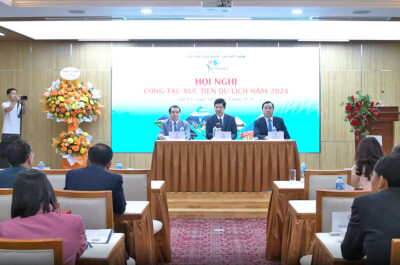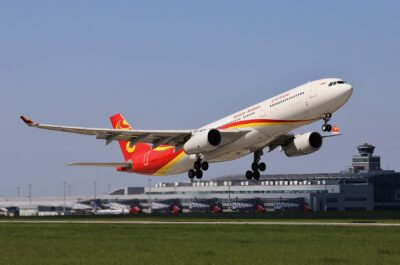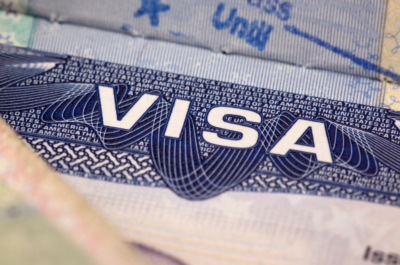The industry turned the corner in June. Although we are still well below where we were at the same time last year, travellers are…
The industry turned the corner in June. Although we are still well below where we were at the same time last year, travellers are returning. We expect that traffic recovery will intensify through July and August as a result of pent-up demand and the northern hemisphere summer holiday season, said Giovanni Bisignani, IATA`s Director General and CEO.
Preliminary IATA traffic figures for June 2003 show a 11.8% drop in international passenger traffic over June 2002, with SARS-hit Asia Pacific carriers experiencing a 35.8% drop, still the worst performance among all of the regions. These figures, however, show considerable improvement over the 21% and 55% year on year drops recorded respectively for May.
For the first half of the year, overall passenger traffic is 7.1% below 2002 levels. North American and Asia Pacific carriers saw traffic drop 11.1% and 15.6%. European traffic for January to June was down 1.1% South America grew 9.3% and Middle Eastern traffic was up 5.0% for the same period.
Capacity cuts in Asia Pacific (-27.2%) and North America (-12.5%) on passenger services resulted in a sharp increase in the industry-wide load factor to a normal level of 73.7% from the 65.0% low recorded for May.
Freight traffic for the first half of 2003 showed 7.3% growth globally, largely on the back of growth in North America (+11.1%), Asia-Pacific (+8.7%) and the Middle East (+13.7%). Although freight traffic for the first half of 2003 showed 7.3% growth on average, this conceals a cyclical pattern to the growth, which showed virtually no increase in June overall compared with 2002. It remains to be seen whether this could be a leading indicator of global economic trends, or just the result of capacity cuts resulting from War and SARS.
The worst is over, but the road to recovery will be long. Even the most optimistic scenario for a robust traffic recovery will not see yields returning to normal for some time, cautioned Bisignani.
Controlling costs must become an automatic best practice for airlines and their industry partners. Recovery to where we were in January 2003 or even January 2001 is not sufficient. That will only leave our industry as vulnerable to the next crisis as we have been to SARS, Iraq and the other recent crises. We are arriving at a new norm for the industry where crises are no longer extraordinary events, but part and parcel of the business cycle. The industry needs to evolve to a new cost structure that will allow it to weather these future crises as a matter of course, said Bisignani.
Theodore is the Co-Founder and Managing Editor of TravelDailyNews Media Network; his responsibilities include business development and planning for TravelDailyNews long-term opportunities.


